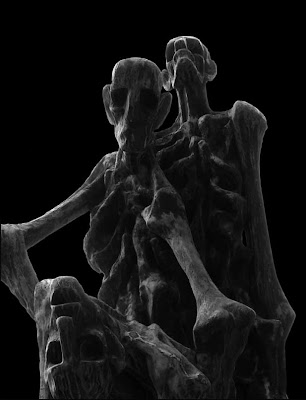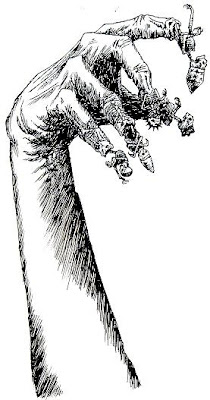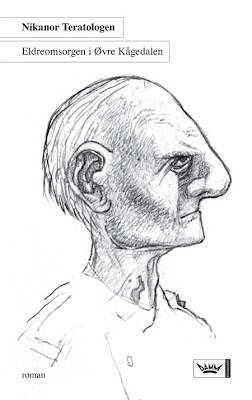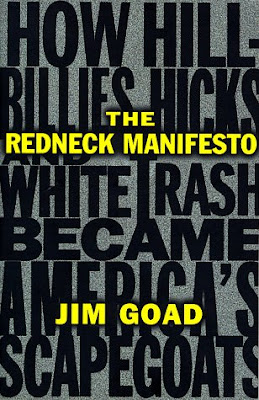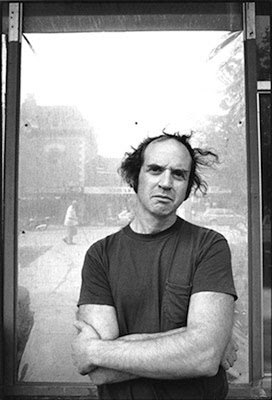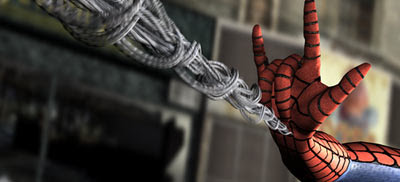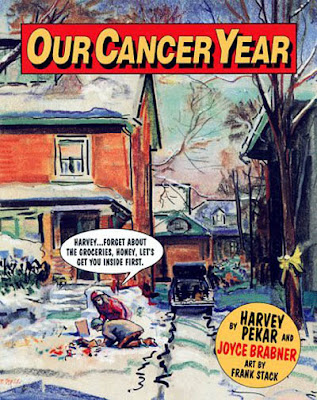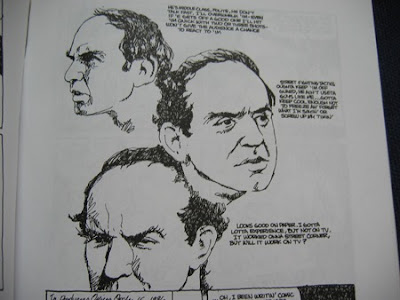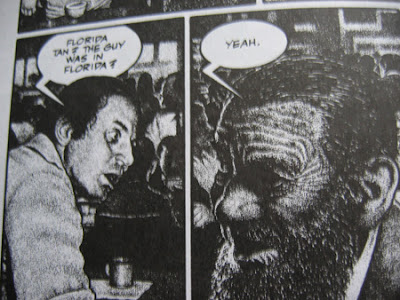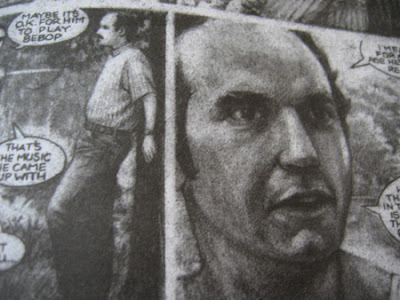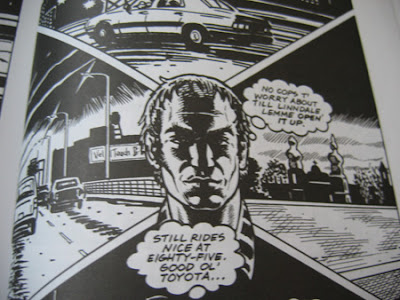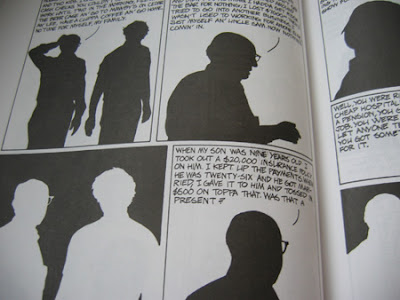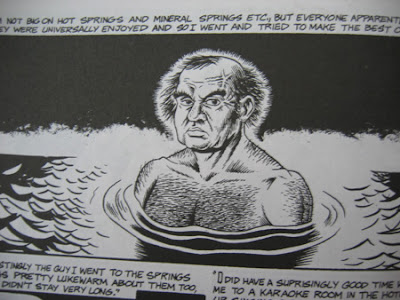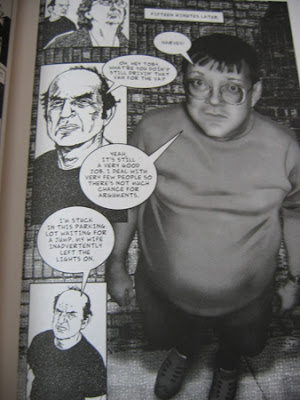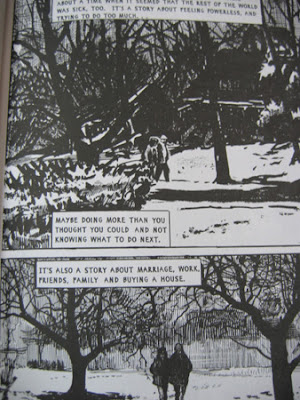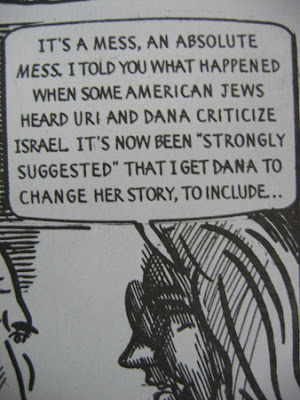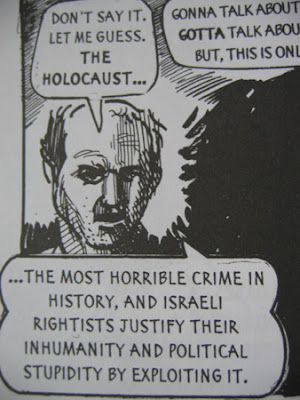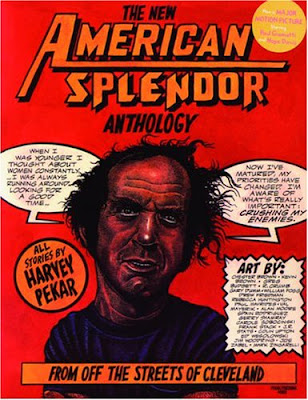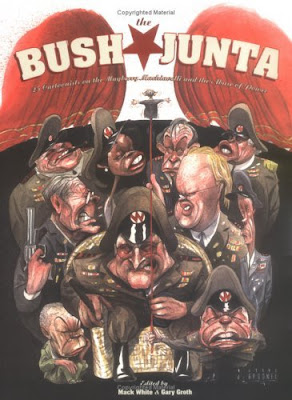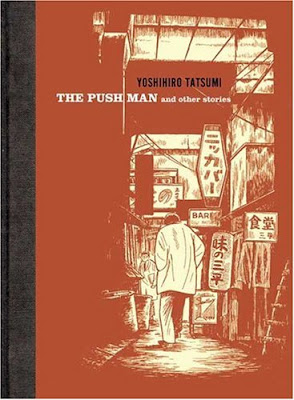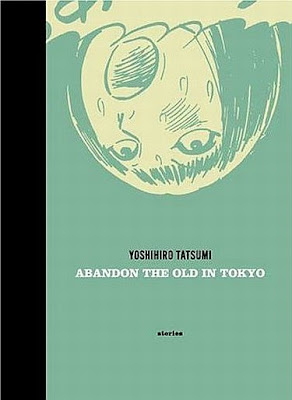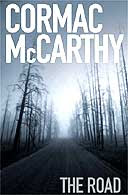“Let me get this straight – your religion preaches that two thousand years ago, a Middle Eastern virgin was impregnated by a ghost. And the spawn of this ethereal sperm grew up to walk on water and multiply bread loves and heal the sick and raise the dead and cast out literal demons. And this Love Child wasn’t just any ordinary spud, it was God incarnate who willingly submitted to a bloody S&M crucifiction to pay for OUR sins, when it would have been much easier (and less messy) if He’d merely made us sin-proof in the first place. And this Miracle Baby, son of a (cough) virgin, rose from the dead after three days and now gets very upset when heavy metal musicians slander His name. And Moses parted the Red Sea, Noah had an ark, God rained frogs on Egypt, and Joshua made the sun stand still. And even though Adam and Eve only gave birth to two boys (one of whom killed the other), the human race somehow fruitfully multiplied while avoiding the sin of incest. And remote Polynesian islanders will boil in molten lava eternally if they don’t embrace the gospel, even if they’ve never had a chance to hear the gospel. And the God who gave you a weenie will also zap you with a lightning bolt if thou darest toucheth the weenie which he didst create.
Is that it? Did I miss anything? Is this the horseshit you’re trying to peddle me? That’s not the Greatest Story Ever Told, it’s the craziest. And you tell me perhaps a third of the people on earth believe this fairy tale? Many of them are willing to kill or die for it? That’s frightening. You’re sure this isn’t some sort of sci-fi novel or supermarket-tabloid conspiracy theory?”
Jim Goad, The Redneck Manifesto

